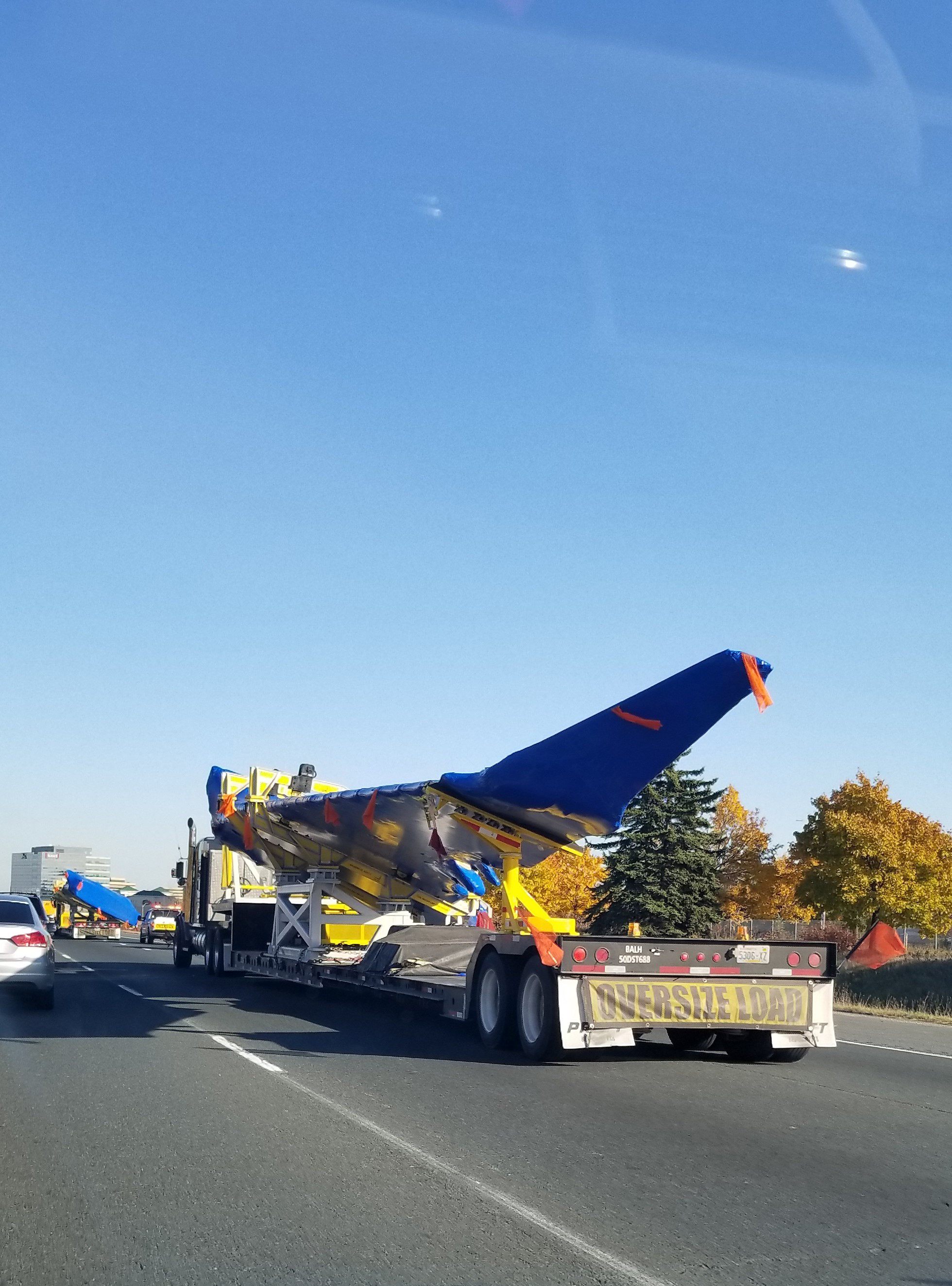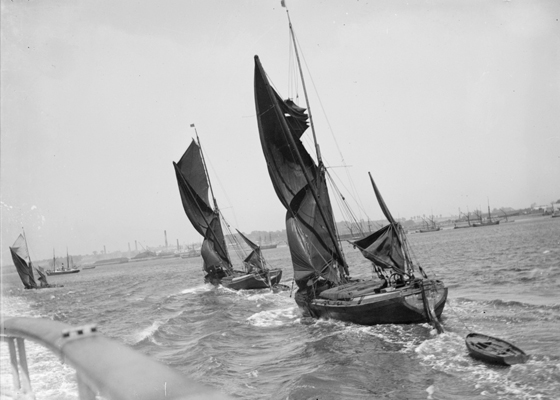|
Southfleet Railway Station
Southfleet (also known as ''Southfleet for Springhead'') was a railway station on the Gravesend West Line which served the small village of Southfleet in Kent, England. Opening Southfleet, the only village of any size between Longfield and Gravesend, was the first stop on the London, Chatham and Dover Railway's Gravesend branch line. The line skirted the western boundary of the village, passing under two overbridges before reaching the station site just to the north of the present day B262 Station Road. The station was actually sited some distance from the village from which it took its name, being at a midway point between Southfleet village and the hamlet of Springhead. It was equipped with an island platform and provided with both passenger and freight facilities - a goods shed and goods yard with 5-ton crane - together with a signal box. The station accounted for the majority of the line's freight which comprised fruit and agricultural products, particularly blackberrie ... [...More Info...] [...Related Items...] OR: [Wikipedia] [Google] [Baidu] |
Southfleet
Southfleet is a small village and Civil parishes in England, civil parish in the borough of Dartford in Kent, England. The village is located three miles southwest of Gravesend, Kent, Gravesend, while the parish includes within its boundaries the hamlets of Betsham and Westwood, Southfleet, Westwood. Southfleet takes its name from the River Fleet, a minor tributary of the River Thames. The water that supplied the river came from a place called Springhead, where there were watercress and oyster beds; the river then flowed through Southfleet, Ebbsfleet and Northfleet. Notable buildings The village is grouped around a crossroads and many of its buildings, including the Ship Inn, are extremely old. The parish church of St Nicholas has 14th-century origins, although pre-Ancient Rome, Roman Christian remains have been found in the area. The church has memorials of the Sedley baronets, Sedley, Swan baronets, Swan, and Peyton baronets, Peyton families. Governance Southfleet fell withi ... [...More Info...] [...Related Items...] OR: [Wikipedia] [Google] [Baidu] |
London Stock Brick
London stock brick is the type of handmade brick which was used for the majority of building work in London and South East England until the growth in the use of Flettons and other machine-made bricks in the early 20th century. Its distinctive yellow colour is due to the addition of chalk. Another important admixture is 'spanish', which consists of ashes and cinders from rubbish. The spanish ignites on firing and reduces fuel costs at the firing stage. London Stocks are still made in comparatively small quantities in traditional brickworks, mainly in Kent and Sussex, for heritage work, and machine-made versions are available for use where a cheaper approximation to the traditional product is acceptable.Brunskill, R. W. ''Brick Building in Britain''. Victor Gollancz in association with Peter Crawley, 1997. Red stock bricks are also fairly common, but only the yellow or brown bricks are usually known as London stocks. History During the 19th century, the fields around London wer ... [...More Info...] [...Related Items...] OR: [Wikipedia] [Google] [Baidu] |
Motive Power Depot
The motive power depot (MPD) or locomotive depot, or traction maintenance depot (TMD), is the place where locomotives are usually housed, repaired and maintained when not being used. They were originally known as "running sheds", "engine sheds" or, for short, just sheds. Facilities are provided for refuelling and replenishing water, lubricating oil and grease and, for steam engines, disposal of the ash. There are often workshops for day to day repairs and maintenance, although locomotive building and major overhauls are usually carried out in the locomotive works. (Note: In American English, the term ''depot'' is used to refer to passenger stations or goods (freight) facilities and not to vehicle maintenance facilities.) German practice The equivalent of such depots in German-speaking countries is the ''Bahnbetriebswerk'' or ''Bw'' which has similar functions, with major repairs and overhauls being carried out at ''Ausbesserungswerke''. The number of these reduced drastic ... [...More Info...] [...Related Items...] OR: [Wikipedia] [Google] [Baidu] |
Prefabricated
Prefabrication is the practice of assembling components of a structure in a factory or other manufacturing site, and transporting complete assemblies or sub-assemblies to the construction site where the structure is to be located. The term is used to distinguish this process from the more conventional construction practice of transporting the basic materials to the construction site where all assembly is carried out. The term ''prefabrication'' also applies to the manufacturing of things other than structures at a fixed site. It is frequently used when fabrication of a section of a machine or any movable structure is shifted from the main manufacturing site to another location, and the section is supplied assembled and ready to fit. It is not generally used to refer to electrical or electronic components of a machine, or mechanical parts such as pumps, gearboxes and compressors which are usually supplied as separate items, but to sections of the body of the machine which in the ... [...More Info...] [...Related Items...] OR: [Wikipedia] [Google] [Baidu] |
Northfleet
Northfleet is a town in the borough of Gravesham in Kent, England. It is located immediately west of Gravesend, and on the border with the Borough of Dartford. Northfleet has its own railway station on the North Kent Line, just east of Ebbsfleet International railway station on the High Speed 1 line. The area Northfleet's name is derived from being situated on the northern reach of what was once called the River Fleet (today known as the Ebbsfleet River). There is a village at the other end of the river named Southfleet. It has been the site of a settlement on the shore of the River Thames adjacent to Gravesend since Roman times. It was known as ''Fleote'' by the Saxons c. 600 AD, ''Flyote'' c. 900 AD, and ''Flete'' c. 1000 AD. It was recorded as ''Norfluet'' in the Domesday Book, and ''Northflet'' in 1201. By 1610 the name of Northfleet had become established. A battle took place during the Civil War at the Stonebridge over the Ebbsfleet river. Northfleet became a town in 187 ... [...More Info...] [...Related Items...] OR: [Wikipedia] [Google] [Baidu] |
English Midlands
The Midlands (also referred to as Central England) are a part of England that broadly correspond to the Kingdom of Mercia of the Early Middle Ages, bordered by Wales, Northern England and Southern England. The Midlands were important in the Industrial Revolution of the 18th and 19th centuries. They are split into the West Midlands and East Midlands. The region's biggest city, Birmingham often considered the social, cultural, financial and commercial centre of the Midlands, is the second-largest city and metropolitan area in the United Kingdom. Symbolism A saltire (diagonal cross) may have been used as a symbol of Mercia as early as the reign of Offa. By the 13th century, the saltire had become the attributed arms of the Kingdom of Mercia. The arms are blazoned ''Azure, a saltire Or'', meaning a gold (or yellow) saltire on a blue field. The saltire is used as both a flag and a coat of arms. As a flag, it is flown from Tamworth Castle, the ancient seat of the Mercian Kings, to t ... [...More Info...] [...Related Items...] OR: [Wikipedia] [Google] [Baidu] |
Associated Portland Cement Manufacturers
Blue Circle Industries was a British public company manufacturing cement. It was founded in 1900 as the Associated Portland Cement Manufacturers Ltd through the fusion of 24 cement works, mostly around on the Thames and Medway estuaries, together having around a 70% market share of the British cement market. In 1911, the British Portland Cement Manufacturers Ltd was formed by the addition of a further 35 companies, creating a company with an initial 80% of the British cement market. Subsequently, the company expanded overseas, predominantly into commonwealth countries and South and Central America. The energy crisis of the 1970 caused the contraction of the company, and the sale of its overseas plants. In 1978, the company's name was changed to ''Blue Circle''. In 2001 the company was bought by Lafarge. History The company was founded in 1900 as ''Associated Portland Cement Manufacturers Ltd'' by the amalgamation of 24 cement companies, owning 35 cement plants, all but two o ... [...More Info...] [...Related Items...] OR: [Wikipedia] [Google] [Baidu] |
BRB (Residuary) Ltd
BRB may refer to: * Bank of the Republic of Burundi or ''Banque de la République du Burundi'', the official name in French of the central bank of Burundi * Barbados, ISO country code BRB, country in the Caribbean Sea * Barreirinhas Airport, IATA Code BRB, airport in Barreirinhas, Brazil * "Be right back", in Internet/chat slang, also sometimes treated as a synonym of "bathroom break" * '' The Beatles: Rock Band'', 2009 music video game * Benefits Review Board, a part of the United States Department of Labor * Beta Ray Bill, a fictional character from the Marvel universe * Beveled rim bowl, clay bowls most common in the 4th millennium B.C. * ''Bibliothèque royale de Belgique'', the Royal Library of Belgium * Big red button, a type of command button * Birmingham Royal Ballet, a ballet company * Blaire Reinhard Band, a New Jersey rock band * Blood-retinal barrier, cells in the eye that prevent certain substances from entering the tissue of the retina * Brandenburg an der Have ... [...More Info...] [...Related Items...] OR: [Wikipedia] [Google] [Baidu] |
Rail Siding
A siding, in rail terminology, is a low-speed track section distinct from a running line or through route such as a main line, branch line, or spur. It may connect to through track or to other sidings at either end. Sidings often have lighter rails, meant for lower speed or less heavy traffic, and few, if any, signals. Sidings connected at both ends to a running line are commonly known as loops; those not so connected may be referred to as single-ended or dead-end sidings, or (if short) stubs. Functions Sidings may be used for marshalling (classifying), stabling, storing, loading, and unloading vehicles. Common sidings store stationary rolling stock, especially for loading and unloading. Industrial sidings (also known as spurs) go to factories, mines, quarries, wharves, warehouses, some of them are essentially links to industrial railways. Such sidings can sometimes be found at stations for public use; in American usage these are referred to as team tracks (after the use ... [...More Info...] [...Related Items...] OR: [Wikipedia] [Google] [Baidu] |
A2 Road (Great Britain)
The A2 is a major road in south-east England, connecting London with the English Channel port of Dover in Kent. This route has always been of importance as a connection between London and sea trade routes to Continental Europe. It was originally known as the Dover Road. The M2 motorway has replaced part of the A2 as the strategic route. Unlike the other single digit A-roads in Great Britain, the A2 does not form a zone boundary. The boundary between Zones 1 and 2 is the River Thames. History of the route The route of the current A2 follows a similar route to that of a Celtic ancient trackway. It was an important route for the Romans linking London with Canterbury and the three Channel ports of Rutupiae (now Richborough), Dubris (now Dover) and Portus Lemanis (in modern Lympne). It had river crossings at Rochester over the River Medway; Dartford (River Darent) and Crayford (River Cray). The Romans paved the road and constructed the first Rochester Bridge across the Medway. ... [...More Info...] [...Related Items...] OR: [Wikipedia] [Google] [Baidu] |
Longfield Halt Railway Station
Longfield Halt (also known as ''Longfield Halt for Pinden and Westwood'') was a railway station on the Gravesend West Line which served the settlement of Grubb Street in Kent, England. History The line was opened 1886 but it was not until 1913 that the station was opened as part of a drive by the South Eastern and Chatham Railway (SECR) to cut costs and increase revenues on the Gravesend West branch. Longfield Halt was now the first station on the line and was situated ¾ mile from Fawkham Junction in a chalk cutting just to the south-west of a road bridge carrying Whitehill Road over the line. The station was constructed entirely of wood, with access being had from a staircase leading down from the overbridge. Its opening coincided with the introduction by the SECR of push-pull trains, initially worked by H class 0-4-4Ts with ex- South Eastern Railway 4 wheel coaches, running between Swanley Junction and Gravesend West Street. Although ultimately never successful, the l ... [...More Info...] [...Related Items...] OR: [Wikipedia] [Google] [Baidu] |
Second World War
World War II or the Second World War, often abbreviated as WWII or WW2, was a world war that lasted from 1939 to 1945. It involved the vast majority of the world's countries—including all of the great powers—forming two opposing military alliances: the Allies and the Axis powers. World War II was a total war that directly involved more than 100 million personnel from more than 30 countries. The major participants in the war threw their entire economic, industrial, and scientific capabilities behind the war effort, blurring the distinction between civilian and military resources. Aircraft played a major role in the conflict, enabling the strategic bombing of population centres and deploying the only two nuclear weapons ever used in war. World War II was by far the deadliest conflict in human history; it resulted in 70 to 85 million fatalities, mostly among civilians. Tens of millions died due to genocides (including the Holocaust), starvation, ma ... [...More Info...] [...Related Items...] OR: [Wikipedia] [Google] [Baidu] |







.jpg)


